By: John Angus
At the end of February, I shared my first post on whisky flavour chemistry. It was meant as a small experiment.
I wanted to see if breaking complex science into clear, visual stories could help others understand what really shapes a spirit. What I didn’t expect was how far it would reach.
Since then, Spirit Chemistry has grown into a community of over 15,900 people. Distillers, educators and flavour-curious readers from all over the world. What started as one post has become a long-term project to map how chemistry becomes flavour.
To make it easier for people to follow along, I’ve brought everything together in one place.
📘 Payhip Visual Library – over 70 flavour science infographics used for training and education https://payhip.com/SpiritChemistry
🧪 Substack Newsletter – The Distilled Edit – weekly deep dives that go beyond the posts https://substack.com/@spiritchemistry
Both are free to explore and capture everything I’ve been learning and sharing since this began.
How I’ve structured it
To make flavour science easier to follow, I’ve broken it down into mini series. Each one explores a different stage of production or a specific theme. Together they show how chemistry becomes taste.
🌾 Grain Chemistry
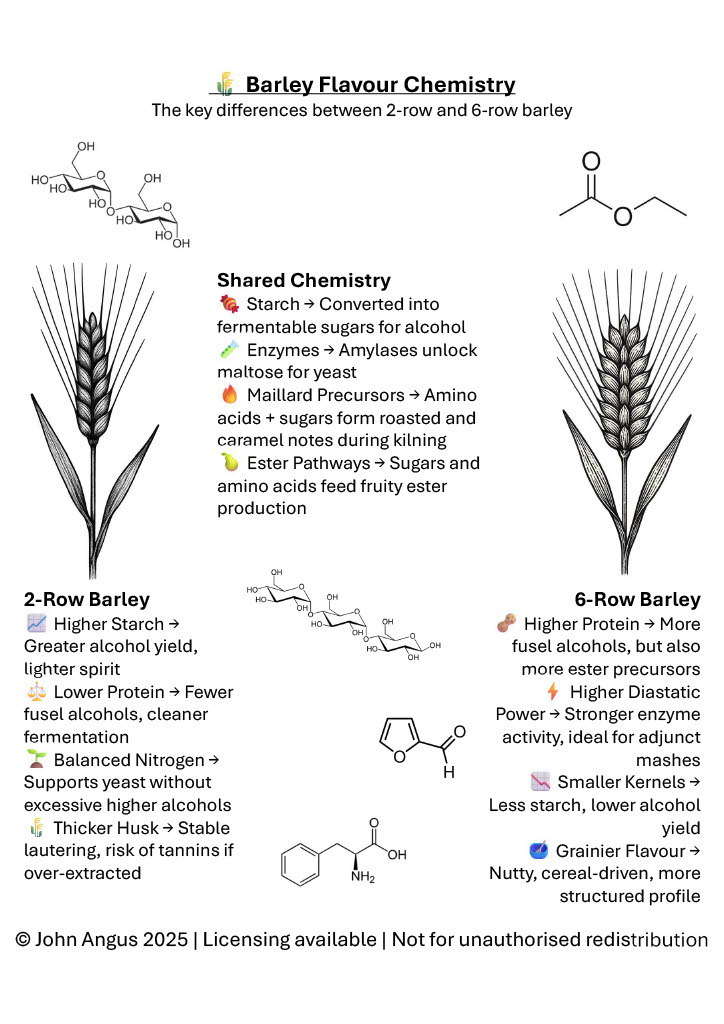
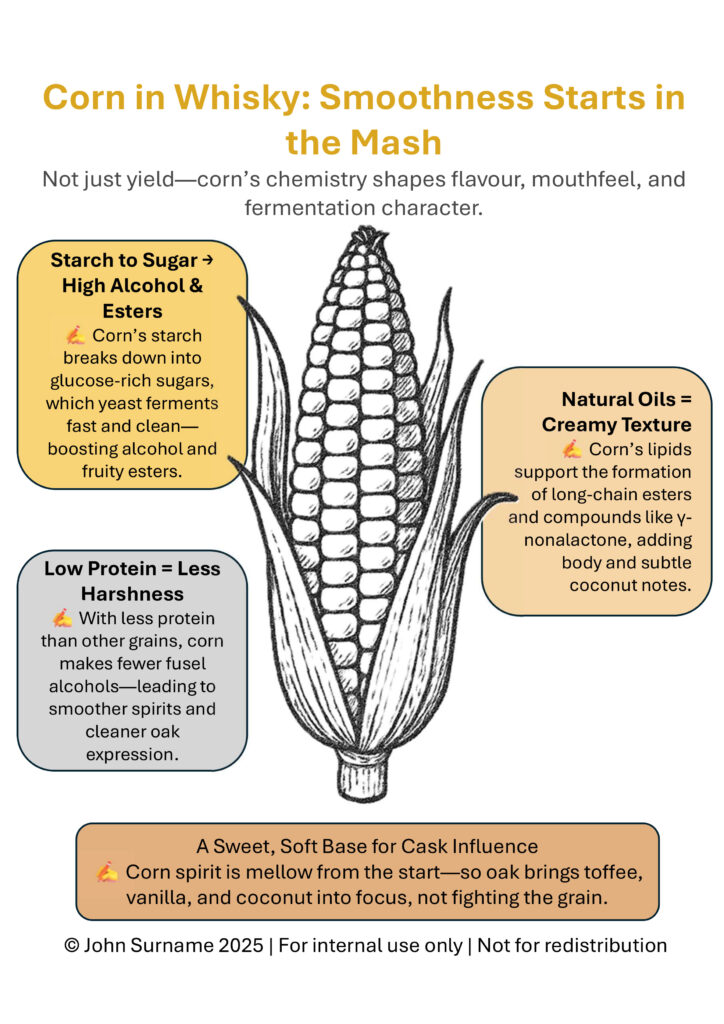
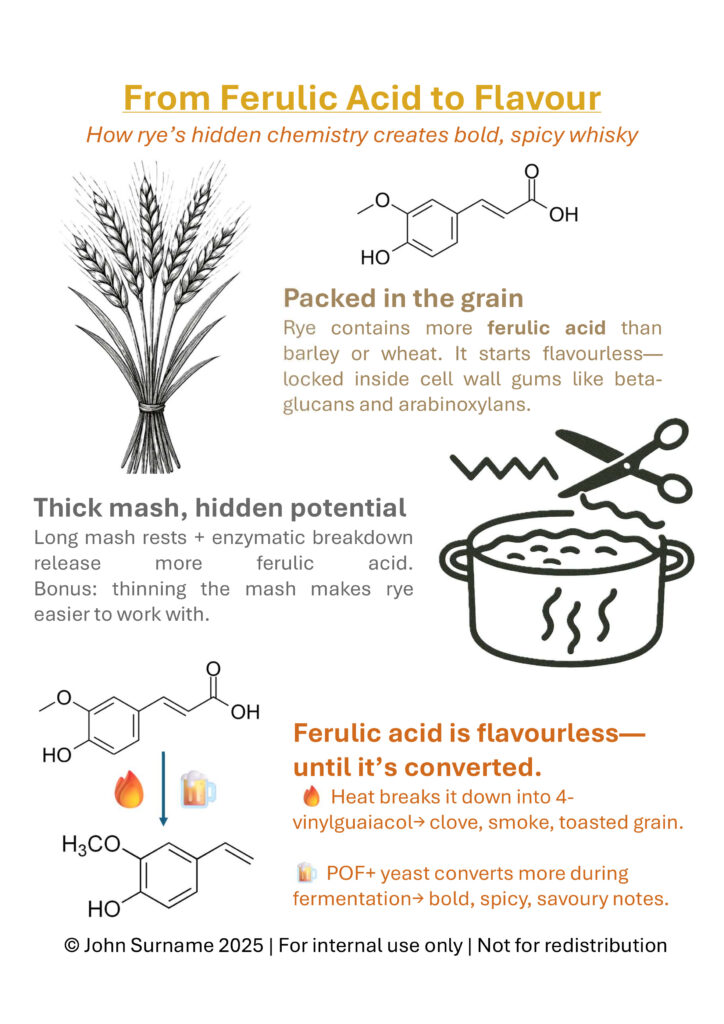
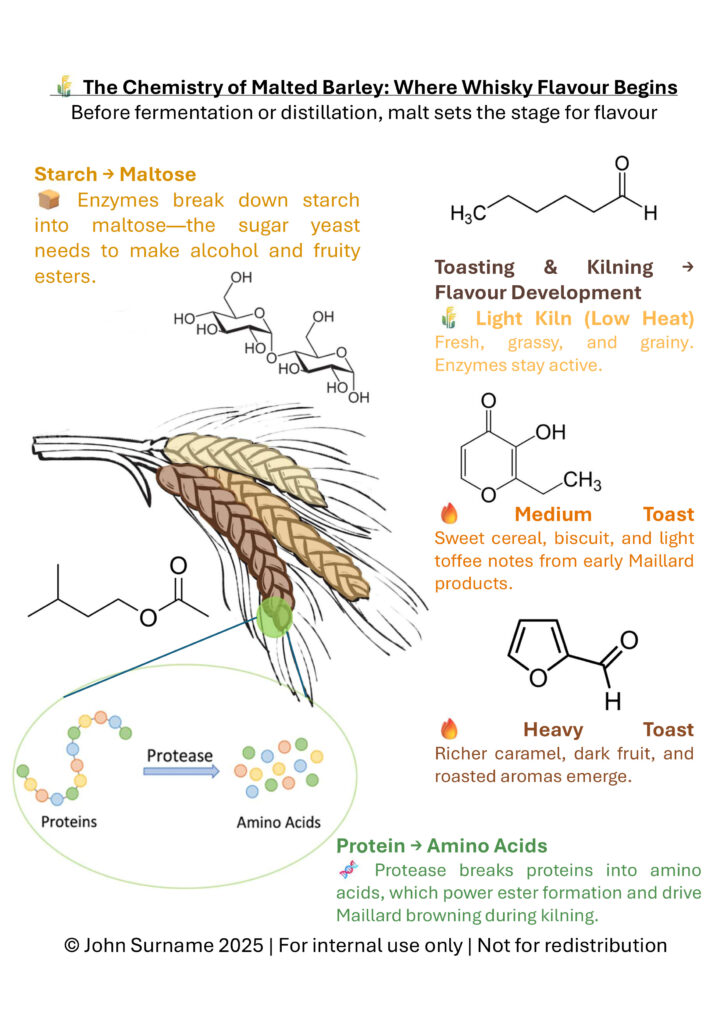
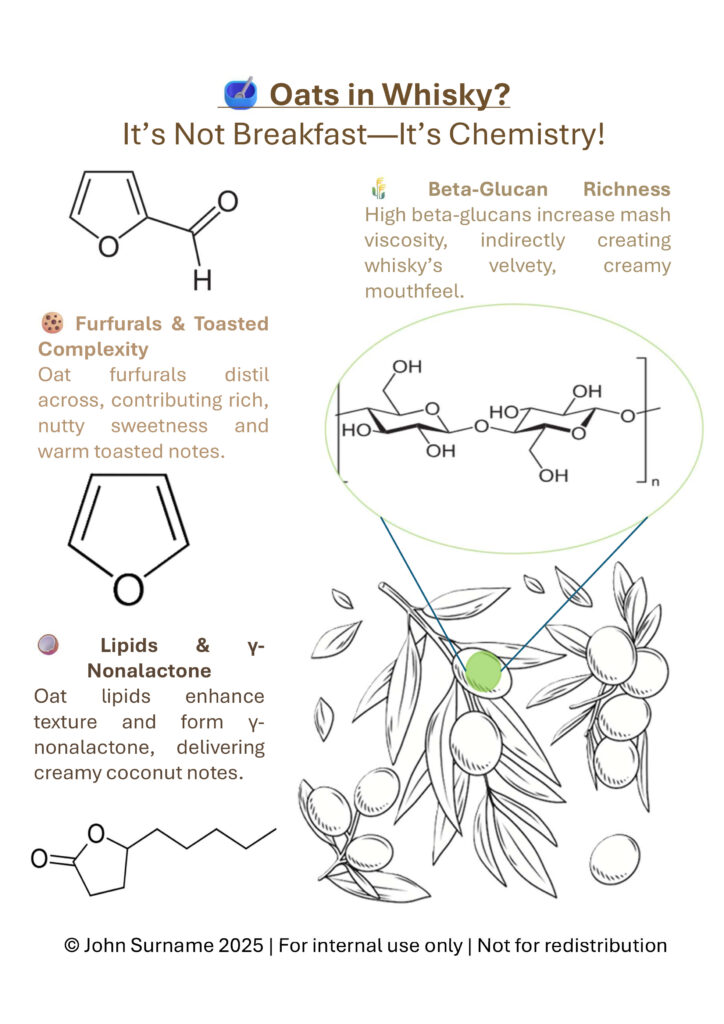
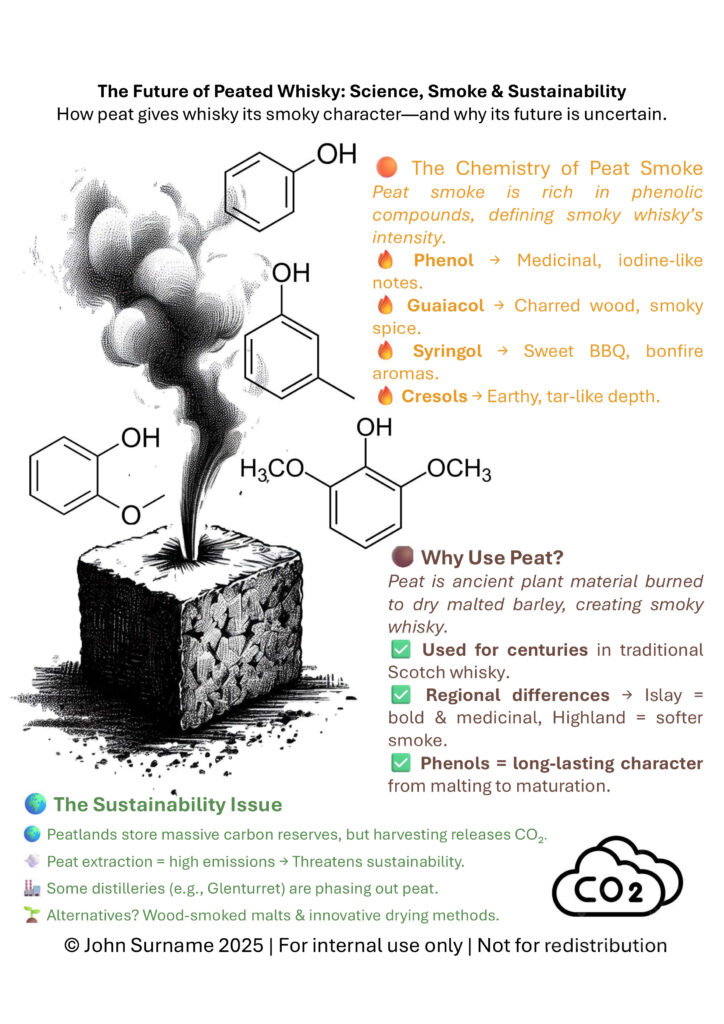
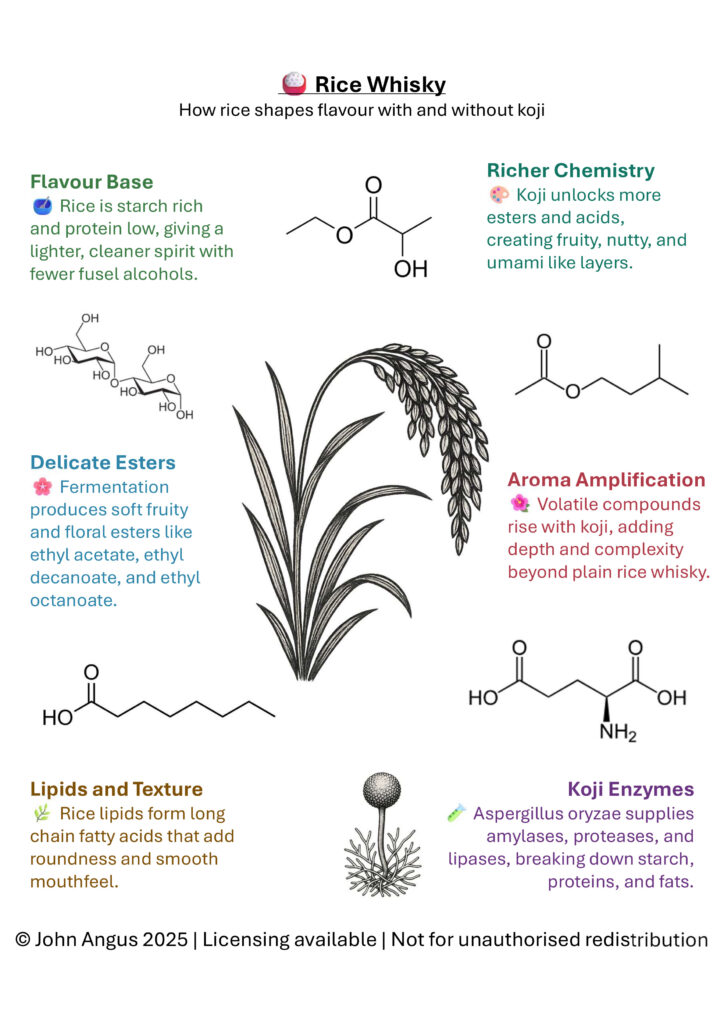
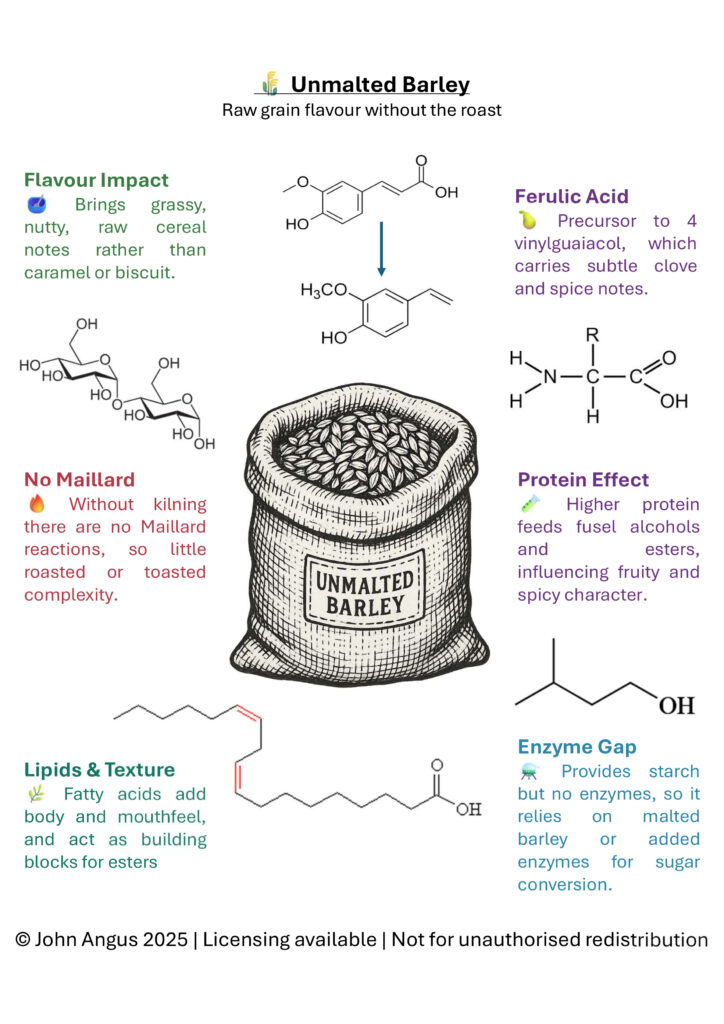
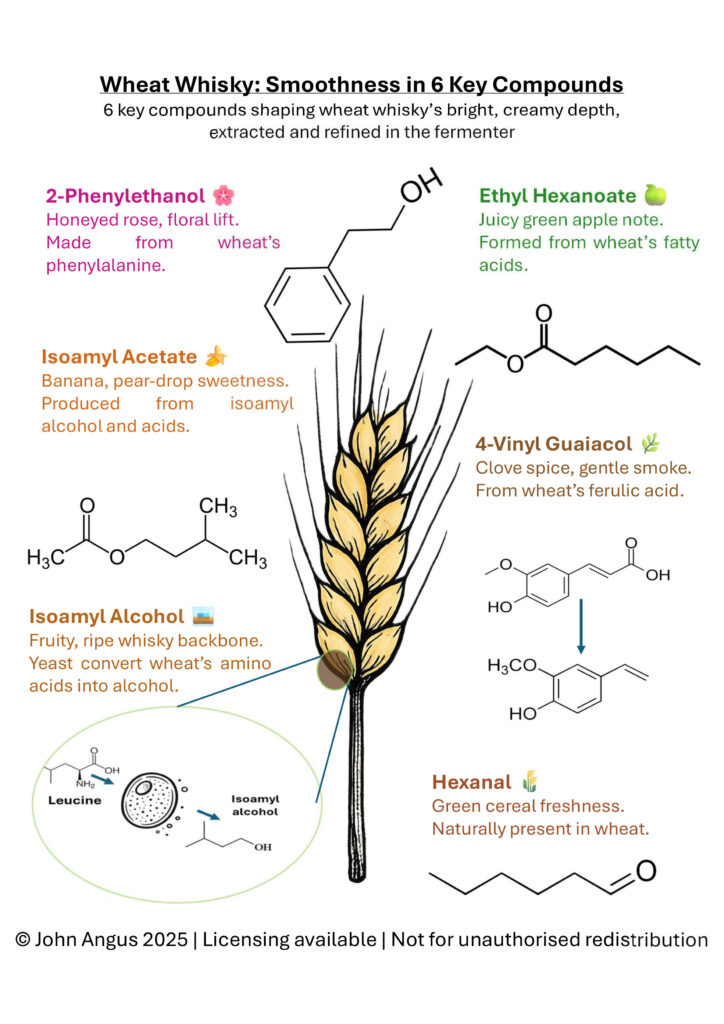
Grain is more than a source of sugar. It sets the foundation for everything that follows. Barley brings enzymes and malt sweetness. Corn adds smoothness and gentle fruit. Rye delivers spice through ferulic acid and phenol formation. Oats bring lipids and beta glucans that change texture and mouthfeel.
In this series I looked at how starch, protein and lipid composition influence fermentation and distillation outcomes. Choosing the right grain is as much about chemistry as tradition.
Check back next month for the continuation of this series!

